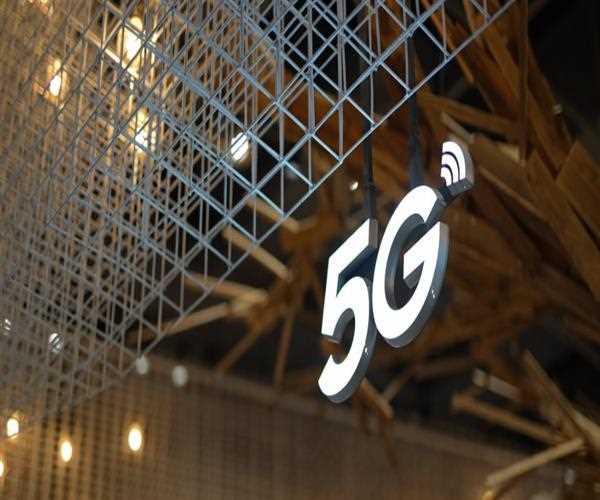Wireless networks have become an integral part of our daily lives, enabling seamless communication and connectivity. The evolution of wireless technology from 4G to 5G marks a significant milestone in the telecommunications industry. In this blog post, we will explore the evolution of wireless networks, the key differences between 4G and 5G, and the future possibilities beyond 5G.
The Era of 4G:
The introduction of 4G (Fourth Generation) wireless networks revolutionized mobile communications by offering faster speeds, improved data capacity, and enhanced user experiences. 4G networks enabled the widespread adoption of services such as video streaming, online gaming, and cloud-based applications. With 4G, users could enjoy high-quality multimedia content and experience low latency for real-time interactions. This enhanced connectivity paved the way for the Internet of Things (IoT) and various industries such as healthcare, transportation, and smart cities.
The Promise of 5G:
5G (Fifth Generation) wireless networks build upon the foundations of 4G and aim to deliver even more advanced capabilities. The key differentiators of 5G include faster speeds, ultra-low latency, increased device density, and massive connectivity. With download speeds reaching multi-gigabit per second and latency as low as a few milliseconds, 5G networks enable real-time applications like autonomous vehicles, remote surgery, and augmented reality experiences. The increased device density and massive connectivity of 5G support the vision of a hyperconnected world where billions of devices and sensors can communicate seamlessly.
Technical Advancements in 5G:
The evolution from 4G to 5G involves several technical advancements. One of the key technologies is millimeter-wave (mmWave) spectrum, which allows for higher data transmission rates. MmWave provides increased bandwidth, enabling faster speeds and supporting the massive capacity demands of 5G networks. Another essential technology is massive MIMO (Multiple-Input Multiple-Output), which utilizes multiple antennas to transmit and receive signals simultaneously, enhancing network capacity and coverage. Network slicing and edge computing are other notable advancements that enable customization of network services for specific applications and reduce latency by processing data closer to the edge of the network.
Beyond 5G: The Future Possibilities:
While 5G offers remarkable advancements, the wireless network evolution does not stop there. Researchers and industry experts are already exploring the possibilities and potential requirements for the next generation of wireless networks, often referred to as 6G. Beyond 5G, future networks aim to support even higher speeds, further reduce latency, and enable new applications and use cases. Additionally, there is a focus on energy efficiency, security, and sustainability to ensure that future wireless networks are environmentally friendly and secure.
Key Considerations for Network Evolution:
The evolution from 4G to 5G and beyond brings several challenges and considerations. Infrastructure deployment is a significant aspect, as network operators need to invest in upgrading their infrastructure to support the new network technologies. Spectrum availability and regulatory policies are critical factors for the successful deployment of 5G and future networks. Collaboration between industry stakeholders, including network operators, equipment manufacturers, and government bodies, is vital to ensure a smooth transition and optimal utilization of resources. Privacy and security are also crucial, and efforts must be made to address potential vulnerabilities and protect user data in the increasingly connected world.
Conclusion:
The evolution of wireless networks from 4G to 5G represents a significant leap in connectivity and communication capabilities. With faster speeds, ultra-low latency, and increased device density, 5G opens up a world of possibilities for transformative applications and services. As the wireless industry looks beyond 5G, the future holds even greater advancements, with a focus on higher speeds, lower latency, energy efficiency, and enhanced security. The evolution of wireless networks is driven by technological innovation, industry collaboration, and the growing needs of a hyperconnected world. Embracing these advancements will shape the way we live, work, and interact, transforming various industries and enabling new possibilities for the future.




Leave Comment